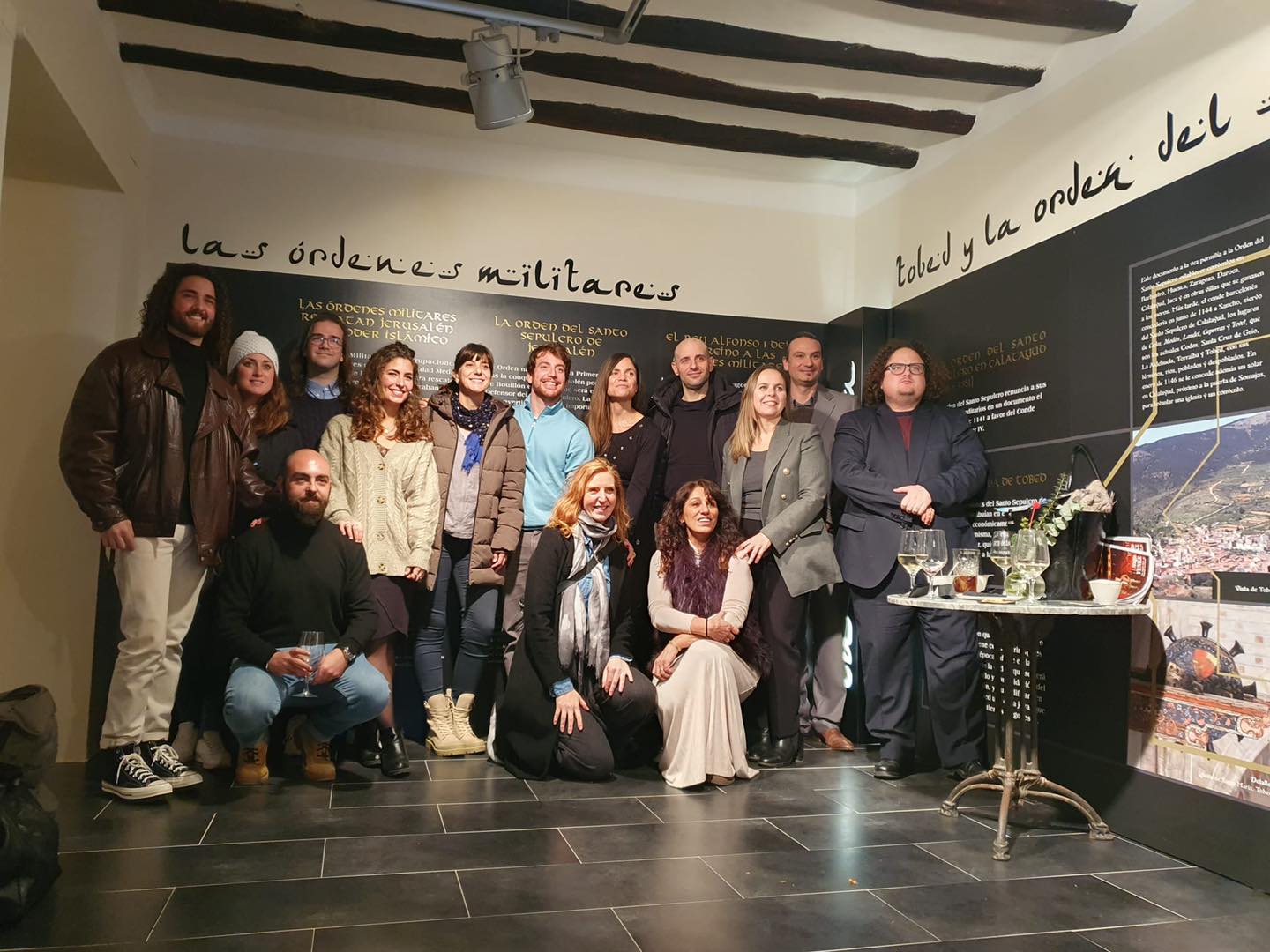We have the latest issue of Nsenzia magazine in which you can discover more about Territorio Mudéjar in a report that talks about our work and key projects.
Here is a sneak preview:
Montesquieu said that “happy are the people whose history is read with boredom”, because of the advantages of being aware of one’s roots and where we are going.
Nowadays it is something that is paraphrased but never put into practice, leading to a loss of identity and a host of petty mistakes. Fortunately, there is still a love of research and humanity.
Heritage, says Victoria Trasobares -director-, is the fourth pillar of development; this is how she conveys it in Territorio Mudéjar with an ambitious team in love with the possibilities of the historical identity of our territory.
A neat professional who knows the weight of the new generations, she offers an opportunity to students and professionals at different stages of their careers who are willing to reproduce such lessons, while discussing with them the best strategies to highlight the social function of the authentic spirit of each area.
The ‘Journey to Beauty’ route is a journey that faithfully traces the foundations of what rural evolution has presented and whose work has been adapted to the characteristics without leaving aside the present, as one of its objectives is to demonstrate – from the cultural fusion – how the chinks of the past are part of today. An ambitious work that not only deserves the recognition that characterises it: it is a clear example to follow in the protection of the echoes of a legacy.























